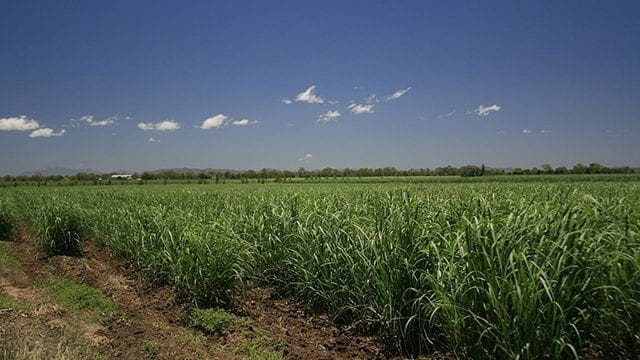ANGOLA – The World Bank in collaboration with the French Development Agency, AFD (Agence Française de Développement) will avail an overall US$230 million in November, for the financing of projects to boost local production and foster Angola’s commercial agriculture.
The project to be conducted by the Ministry of Agriculture and Forest will have an initial six-year implementation in the provinces of Malanje, Cuanza Norte and Cuanza Sul according to the project’s coordinator, Pedro Dozi.
The World Bank will make available US$130 million, while AFD is to release US$100 million to finance 300 small and medium projects of businesspeople operating in the agriculture sector.
The Commercial Agriculture Development Project will help increase productivity and market access for eligible beneficiaries.
The project will have the support of a monitoring team that will assess the degree of its implementation.
Commercial agriculture is an emerging sector in Angola with high potential, opportunity, and demand.
With a growing, largely urban population, spending in food and beverages in Angola is expected to increase in coming years.
The proposed project is expected to make a strong contribution to the Government’s economic diversification agenda.
In addition to technical assistance and financial support to eligible farmers and agribusiness SMEs in the project areas, the project will support rural infrastructure and an enabling environment for commercial agriculture.
A more diversified economy is critical to reducing the country’s vulnerability to oil sector shocks and to creating job opportunities and income generation in agri‐food systems that help reduce extreme poverty and malnutrition.
Angola’s President João Lourenço has put reinvigorating the agriculture sector at the heart of his economic strategy aiming for the country to be self-sufficient in agricultural products within five years.
At present, about 80% of all Angolan food production comes from subsistence agriculture and small-scale farming, so there is huge scope for much greater production.
There has already been some progress, as the sector accounted for 12% of GDP in 2017, up from 8% in 2001. However, increased production mainly seems to have been the result of increasing the proportion of land under cultivation rather than higher productivity.
The former has partly been achieved by returning land to agricultural use after the civil war, although even now most potential arable land lies unused.
Lourenço has promised to increase the proportion of the budget allocated to agriculture from 0.3% in 2018 to 1.6% this year, with most support directed at small-scale farmers. A total of 179.4 billion kwanzas (US$565 million) will be available for agricultural support this year.
Six research centres are being set up in different parts of the country, each with responsibility for specific crops. For instance, the Huambo centre will focus on beans, corn and soya, while Kwanza Sul will specialise in cocoa, coffee and palm oil.
Liked this article? Subscribe to Food Business Africa News, our regular email newsletters with the latest news insights from Africa and the World’s food and agro industry. SUBSCRIBE HERE










